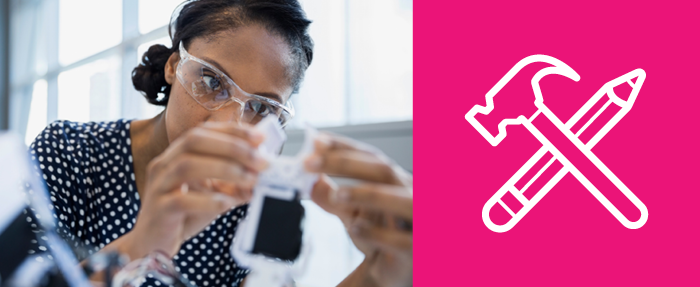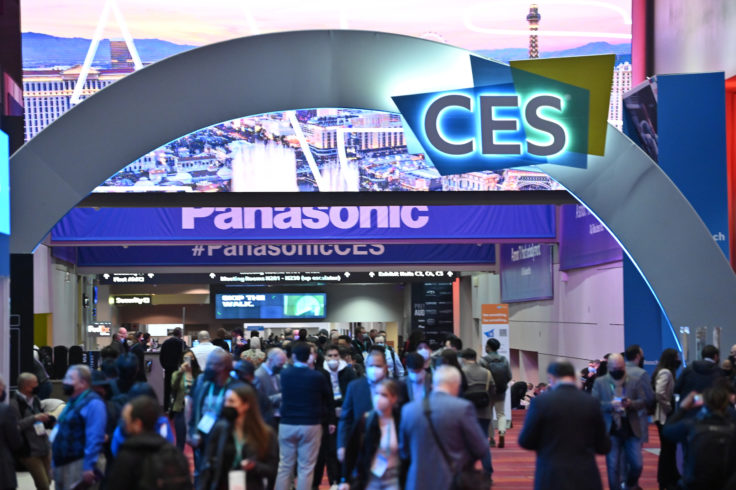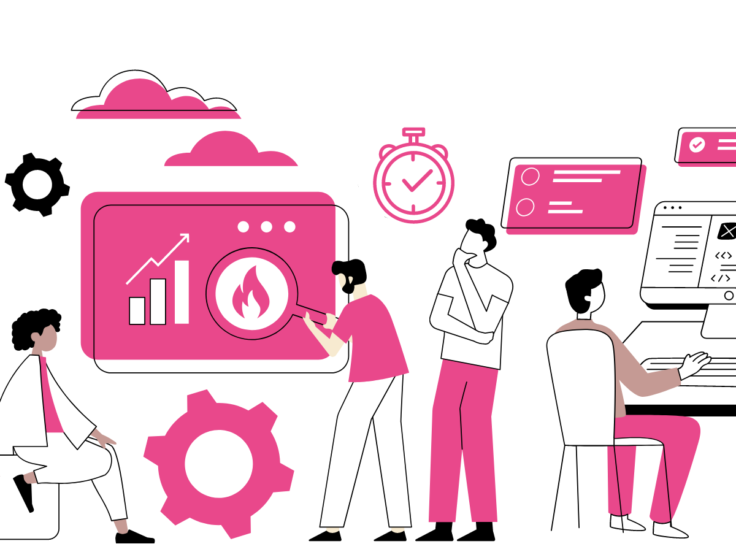
Before your great idea can take off running, it needs to learn how to walk. This is called the prototyping stage of development, and it’s integral to crowdfunding success. But not all entrepreneurs know just how important a prototype is, or how to make one. By taking an in-depth look at the prototyping process, entrepreneurs can make the most of their resources, maximize their funding, and have a more successful product launch.
Why Prototype?
Prototyping is the single best way to test your idea and see how your product will actually function in real life. By putting together a working model, you’re able to see exactly which components you need, where to get them, and how easily they can be obtained. In fact, we recommend you pursue crowdfunding for your tech idea after you have a working version of your project that looks as close as possible to the final version, a detailed bill of materials (BOM), and feel that you are realistically less than six months from shipping your product if you had the means.
Customers and potential backers want to see that your technology works. In most cases they won’t know you or your story personally, and if you can’t show them a working prototype they may not believe that the product can be made. A detailed BOM will also help you budget how much funding you’ll need to manufacture and scale your product. Campaigns that don’t prototype or that rush through prototyping can find that they undercharged for their product, which means they actually lose money on their campaign.
As with any product on the market, success is often dependent upon exposure. In general, journalists and reporters won’t cover a crowdfunding campaign without a prototype because they don’t want to be giving press time to vaporware—hardware and software that gets advertised but never gets made. Many campaigns benefit greatly from being able to send prototypes to journalists ahead of time.
The Prototype Process
Prototypes go through many phases of development, and by the time you bring your product to market, you’ll most likely see all of them. At the beginning stages of technical development, well before you launch a campaign for funding or publicity, you’ll hopefully develop a piece of technology that actually works to accomplish your vision. This is a works like prototype. It does the job, but it may look like nothing more than a development board, power source, and a mess of wiring. From here, many engineers will create a looks like prototype, in which they get their piece of technology to look the way that they want and compromise for functionality along the way. Both of these prototypes are called representational prototypes, and they’re constructed pre-campaign.
Ideally, you’ll also craft a design for manufacture (DFM) prototype pre-campaign as well. The DFM prototype takes into account the realities of manufacture and supply chain when choosing components, things like how much parts cost, where they can be found, what their replacements might be, and how fast they can be produced. In reality, many entrepreneurs find out about the realities of DFM only after running their campaign, which can result in some unfortunate hidden costs and sourcing problems when they have to deliver on their promises. This is why it’s critical to use partners like Arrow throughout your product’s development journey, who can provide tools, experts, and resources to ensure success.
The final phase of prototyping is arguably the most exciting: the first units off the assembly line. This is the culmination of all your hard work and analysis. You’ve most likely already run your campaign and (hopefully) found all the support you need. You’ve constructed a product that is optimized for mass production, and all that remains is final approval before launch.
Go to market with confidence – Get Arrow-Certified
Prototyping is an integral step in the production process, but it doesn’t have to be a daunting task. To help, Arrow.com has a searchable database of over a million products, state-of-the art digital prototyping tools and scores of interactive reference designs, so you can see how your vision fits in with the best practices of others doing similar work. We also have engineers standing by to provide personalized prototyping help.
In fact, Arrow and Indiegogo have teamed up to help you go all the way from idea to launch. Arrow Certification is designed specifically to find tech innovators and get them to market. Every Indiegogo technology campaign that gets Arrow Certified automatically receives a personalized engineering review that takes into account BOM optimization and DFM factors. You’ll find out how to get the best parts for your project at the lowest prices as well as get guidance and understanding of part details and specifications to avoid costly delays in manufacturing.
Get support on your prototype and more. Learn more about Indiegogo & Arrow’s program, and get Arrow-Certified today.



You must be logged in to post a comment.